Elliot Aguirre is a Project Development Associate with Revere. Here, he talks about the importance of these precious ecosystems and Revere’s commitment to bringing them back to life.
Peatlands are among the most carbon-rich ecosystems on Earth. In the UK, peatlands store 3,000 million tonnes of carbon: twenty times as much carbon as stored in all of the UK’s forests. However, peatlands across the UK have been critically damaged over decades. 80% of the UK’s peatlands are now severely degraded. This degraded peat is releasing the carbon naturally built up over centuries and has now become a net source of carbon emissions: equal to nearly 4-5% of the UK’s annual footprint.
Revere, a collaboration between Palladium and all 15 of the UK’s National Parks, is committed to tackling this issue and is currently involved in the design and development of peatland restoration projects in multiple habitat types across the UK. From the Scottish Highlands to the moors of Yorkshire and the lowland peat of the Norfolk Broads, each habitat type has its own challenges and complexities in terms of the restoration works and making the project financially viable for the land manager.
Excitingly, Revere is in the final stages of developing a restoration project on a Scottish estate thanks to funding from our founding partner, Santander UK. The project covers five separate sites, comprising over 700 hectares of drained or actively eroding peat. The project is already registered with the UK’s Peatland Code and groundworks are expected to start in late autumn of this year. It is estimated this project alone would stop 43,400tCO2e being emitted to the Earth’s atmosphere over the next 30 years.
Revere is also exploring innovative ways of combining multiple payments for peatland restoration, which may include Biodiversity Net Gain, Nutrient Neutrality, water quality outcomes, natural flood management, as well as other activities such as eco-tourism, rewilding and even paludiculture.
Supporting the development of other ecosystem service markets, as an alternative to the carbon codes, will be vital in creating a holistic approach to nature restoration across the UK and internationally. Currently the focus is placed largely on carbon, which is a good starting point but is only the first step in the right direction. Avoiding a carbon tunnel vision and supporting a holistic approach to nature restoration will be essential if we are to see the impact we are all hoping for.
My role on these projects has focused primarily on understanding the different ways land managers can access new revenue streams through nature restoration and presenting these back to land managers to inform them on the different options and commercial opportunities available to them through the creation and sale of ecosystem services, such as carbon reduction or biodiversity improvements. As always, we are all continuously learning and improving within the sector.
It has been really stimulating engaging with such a varied range of stakeholders from landowners, farmers, ecologists, environmental groups and trusts, government agencies, deer management groups, utility providers, and of course the teams at the National Parks.
Being involved in exploring these complex and multi-layered solutions to accelerate and expand nature restoration is not easy, but it sure is worth it!










